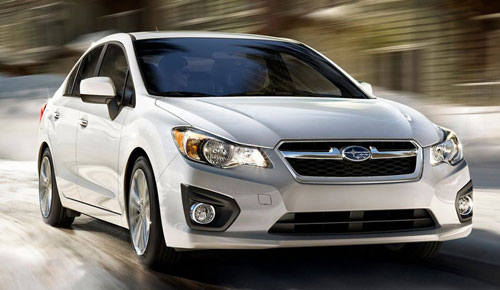
You’d have thought amidst the rise of the Koreans in America with their flashy models and the recent troubles faced by the Japanese, tiny little Subaru would have been wiped out, or totally ignored. But the opposite is true. Last year was a record year for Subaru of America – the 263,820 cars they sold was 22% up on 2009 (itself a record year, 14% up in a market that’s down 24%) and 50% up in two years, which is truly impressive.
So it’s no surprise that the fourth-gen Impreza you see here was launched in New York, not Tokyo. While it looks like just another face change, there’s more to it including a longer wheelbase and a new engine. There are two bodystyles – a five-door hatch and a sedan.
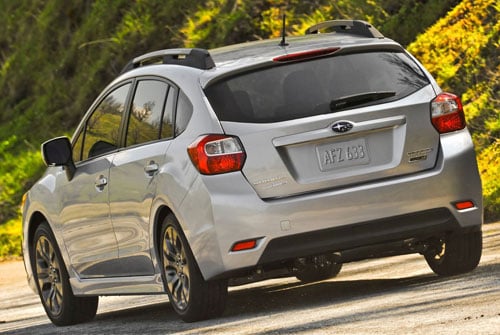
Looks wise, the front end follows the theme set by the current Legacy, which is smarter looking than the outgoing Impreza, if a little nondescript. Like its big brother, the wheelarches are given prominence, while the glasshouse is generously sized, unlike many modern cars. Subaru says visibility is a design priority, which is refreshing in a sea of design led products.
Continuing the functional theme, the bottom of the A-pillar has been moved 20 cm forward. This allows for a front door opening that is nearly 13 cm longer for easier entry/exit, further helped by door sills that are 2 cm lower. Rear doors are also larger on both body styles. The wheelbase has been extended by 24 mm to 2,644 mm; this coupled with a scalloped-style front seat backrest frees up 50 mm of rear legroom. Vehicle length and width remain the same
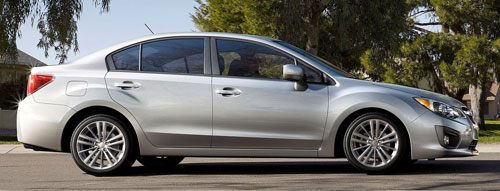
Under the hood is a new 2.0-litre four-cylinder boxer engine with 148 hp and 197 Nm. It’s from a new engine family that uses twin cams and Dual Active Valve Control System (DAVCS). Compared to the outgoing Impreza’s 2.5L boxer, this 2.0 is 30% more frugal and features a longer stroke to maximize low and mid-range torque.
It’s paired to a five-speed manual or the new Lineartronic CVT. Compared to the CVT in the the Legacy, this version is lighter, quieter and more compact. It also has a 6-speed manual mode with steering paddles.
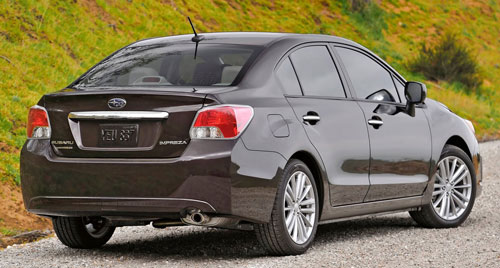
It’s not a Subaru if there’s no AWD, but this Impreza gets two different systems. In manual transmission models, Continuous AWD uses a viscous-coupling locking center differential to distribute power 50/50. Slippage at either set of wheels will send more power (up to 100%) to the opposite set.
CVT models get Active Torque Split AWD that uses an electronically managed continuously variable transfer clutch to actively control power distribution. This system can transfer more power to the rear wheels under acceleration and can transfer up to 100% available torque to the rear wheels in response to road conditions.
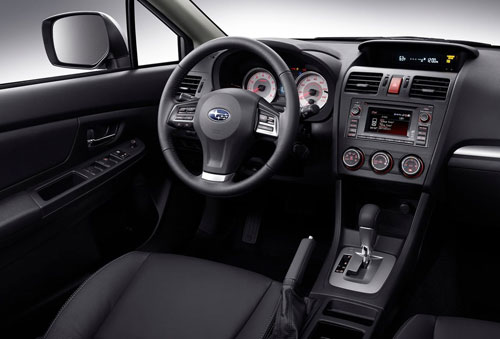
The WRX and STI versions aren’t out yet. Gallery after the jump.
[zenphotopress number=999 album=2210]
Looking to sell your car? Sell it with Carro.
















AI-generated Summary ✨
Comments on the blog post about the fourth-generation Subaru Impreza reveal mixed reactions. Many appreciate the new design, highlighting the muscular front and the overall breath of fresh air, while others criticize the rear lights, calling them similar to Honda City or other models, and describe the design as unattractive or boring. There's excitement for the new 2.0L boxer engine, though some find it underwhelming without a turbo. Some comments compare the design to other cars like the Mazda3, Civic, and Inspira, questioning originality. Enthusiasts express eagerness for the WRX version and mention that the hatchback looks particularly appealing. Overall, opinions vary from praise for Subaru's technology and design to disappointment with the styling choices.